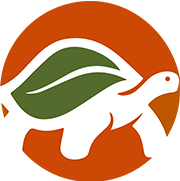Roadside mortalities a comprehensive analysis
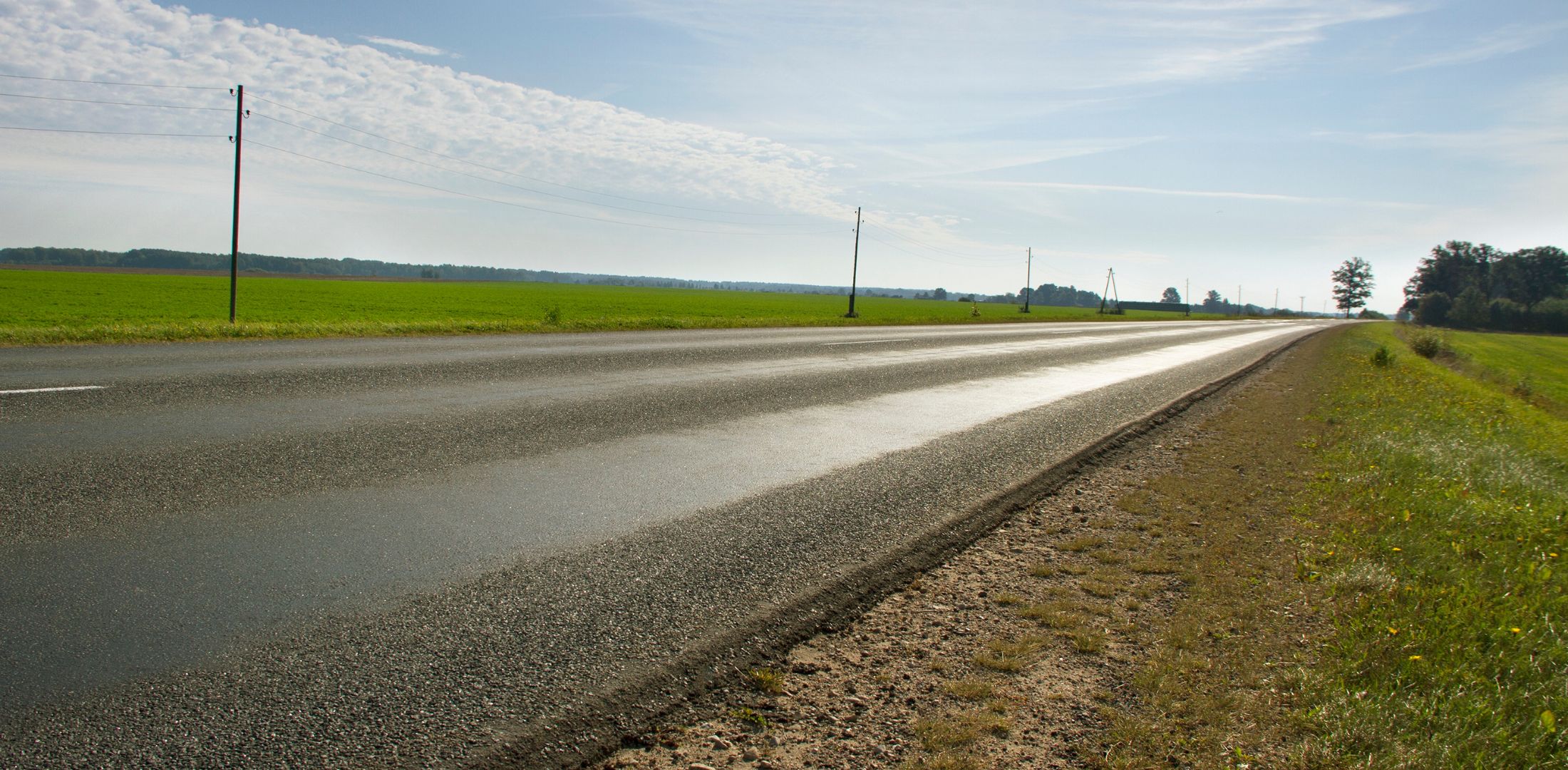
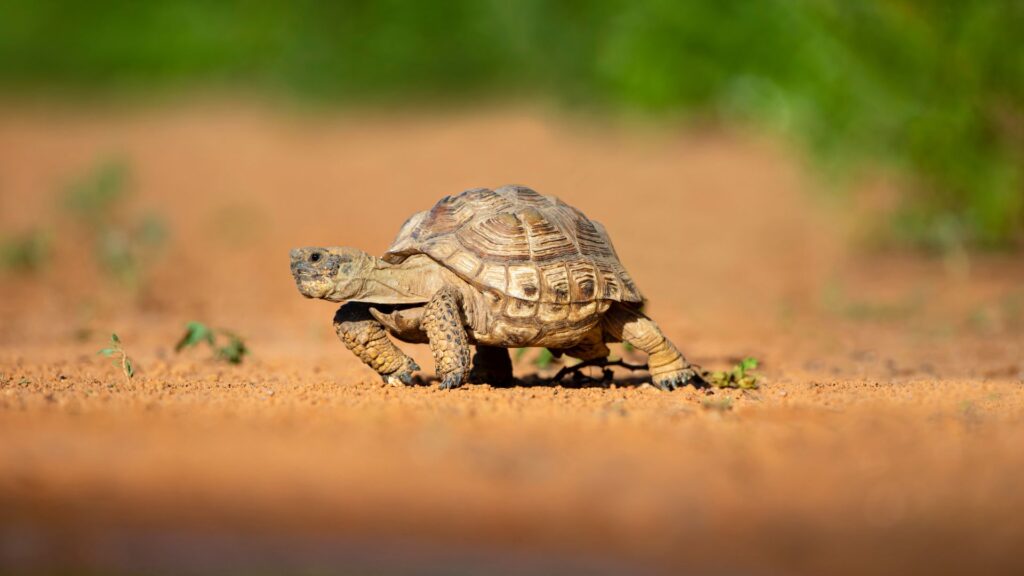
The Texas tortoise (Gopherus berlandieri) is a species of land turtle that inhabits the southern United States and northern Mexico. Despite their resilience in natural habitats, these tortoises face significant threats due to human activities, particularly roadside mortalities. This article delves into the factors contributing to roadside mortalities, the impact on tortoise populations, and the strategies to mitigate these fatalities.
Factors Contributing to Roadside Mortalities
Texas tortoises are particularly vulnerable to roadside mortalities for several reasons:
- Slow movement and terrestrial nature: These traits make them easy targets for vehicles.
- Seasonal migrations: During breeding seasons, tortoises are more likely to cross roads in search of mates or suitable nesting sites, increasing their exposure to traffic. Research by Engeman et al. (2004) highlighted that tortoises often attempt to cross roads during periods of high activity, leading to higher mortality rates.
- Habitat fragmentation: Road construction forces tortoises to traverse roads to reach different parts of their habitat. This fragmentation not only increases the likelihood of road crossings but also isolates populations, making genetic exchange between different groups more difficult and increasing the risk of inbreeding.
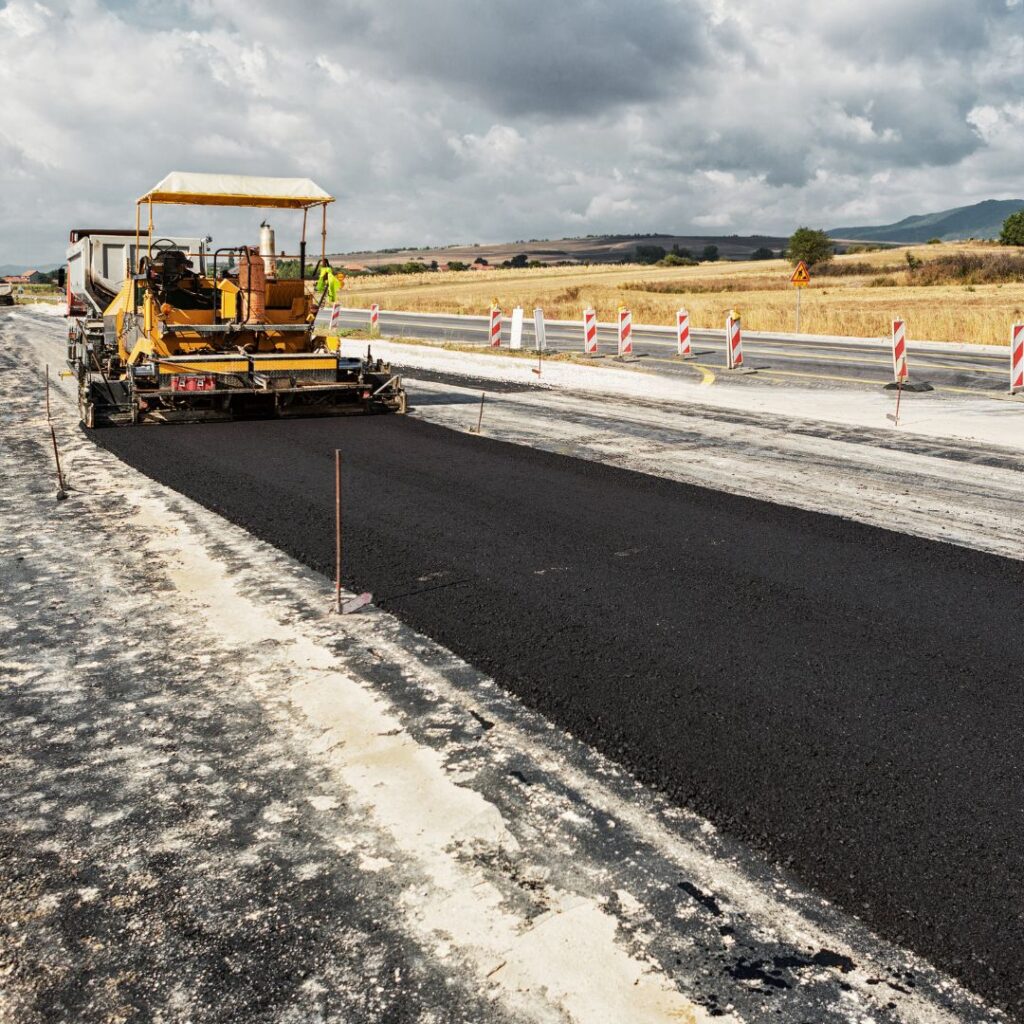
Impact of Roadside Mortalities on Tortoise Populations
The impact of roadside mortalities on Texas tortoise populations is profound. These tortoises have long lifespans and low reproductive rates, meaning the loss of even a small number of adults can significantly affect population stability. A study by Heise and Epperson (2005) indicated that the cumulative effect of road fatalities could lead to local population declines, especially in areas with high traffic volumes.
Additionally, roadside mortalities can disrupt the social structure and genetic diversity of tortoise populations. With fewer individuals able to breed and contribute to the gene pool, the risk of genetic bottlenecks increases, making populations more susceptible to diseases and environmental changes.

Conservation Efforts and Mitigation Strategies
To address the issue of roadside mortalities, several conservation strategies have been proposed and implemented:
- Wildlife crossings: The construction of underpasses and overpasses allows tortoises and other wildlife to cross roads safely. These structures have been successfully used in various regions to reduce wildlife-vehicle collisions.
- Road signs and speed reduction measures: Implementing these in areas known to be inhabited by Texas tortoises can alert drivers to the presence of tortoises and encourage careful driving.
- Public awareness campaigns: Educating drivers about the importance of driving carefully in areas inhabited by tortoises can significantly reduce roadside mortalities.
- Habitat restoration projects: Reconnecting fragmented habitats can reduce the need for tortoises to cross roads. By creating continuous habitat corridors, conservationists can enhance the movement and genetic exchange of tortoise populations, reducing the risk of inbreeding and population decline.
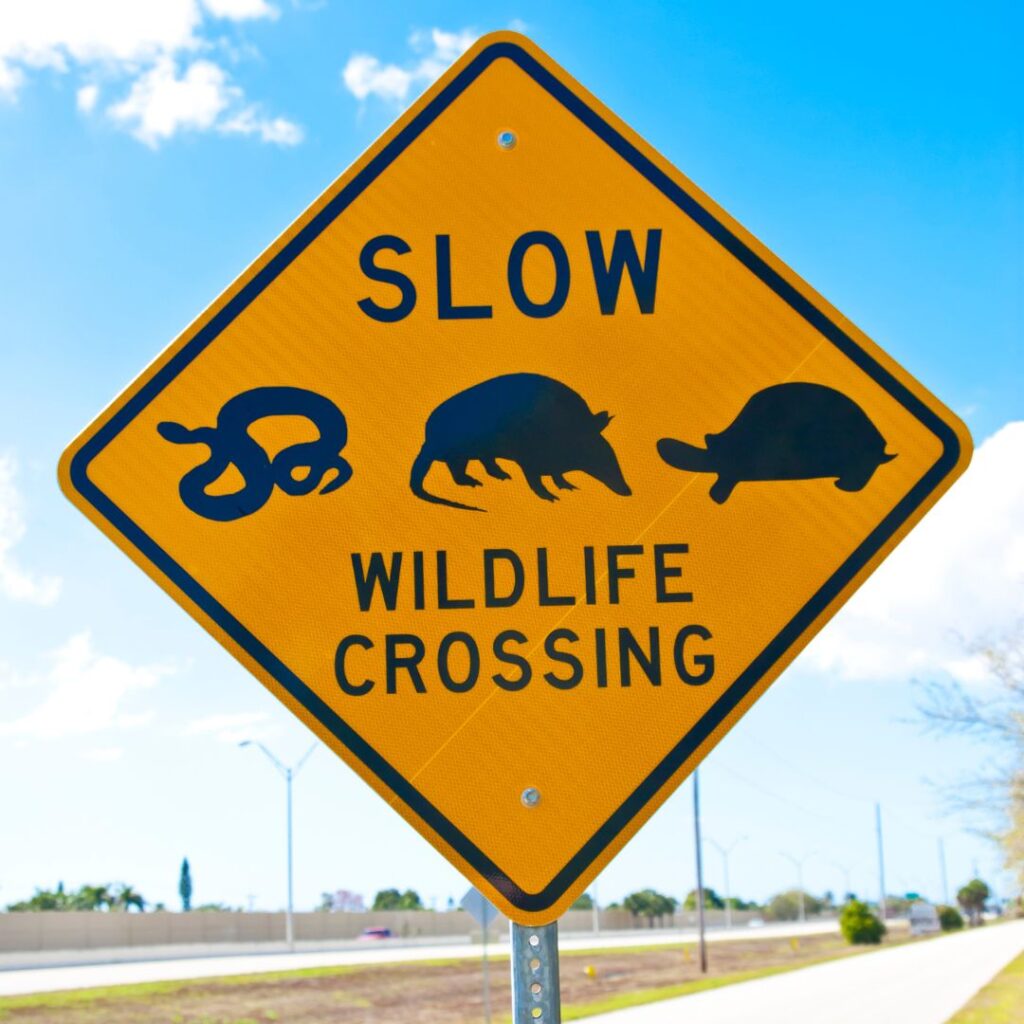
Conclusion
Roadside mortalities represent a significant threat to the Texas tortoise (Gopherus berlandieri). The cumulative impact of these fatalities can lead to population declines, genetic bottlenecks, and disrupted social structures. However, through the implementation of effective conservation strategies, such as wildlife crossings, public awareness campaigns, and habitat restoration, it is possible to mitigate these impacts and ensure the long-term survival of this species. Collaborative efforts between scientists, conservationists, and local authorities are essential to address this issue and protect the Texas tortoise for future generations.
References
Engeman, R.M., Pipas, M.J., & Smith, H.T. (2004). Gopherus berlandieri (Texas tortoise). Mortality. Herpetological Review, 35(1), 54-55.
Heise, C., & Epperson, D.M. (2005). Texas tortoise (Gopherus berlandieri) roadside mortality: the hidden toll of a highway. Southwestern Naturalist, 50(1), 90-95.
Lovich, J.E., & Ennen, J.R. (2013). A quantitative analysis of the state of knowledge of turtles of the United States and Canada. Amphibia-Reptilia, 34(1), 11-23.
ResearchGate. (n.d.). GOPHERUS BERLANDIERI (Texas Tortoise). Mortality. Retrieved from ResearchGate.
